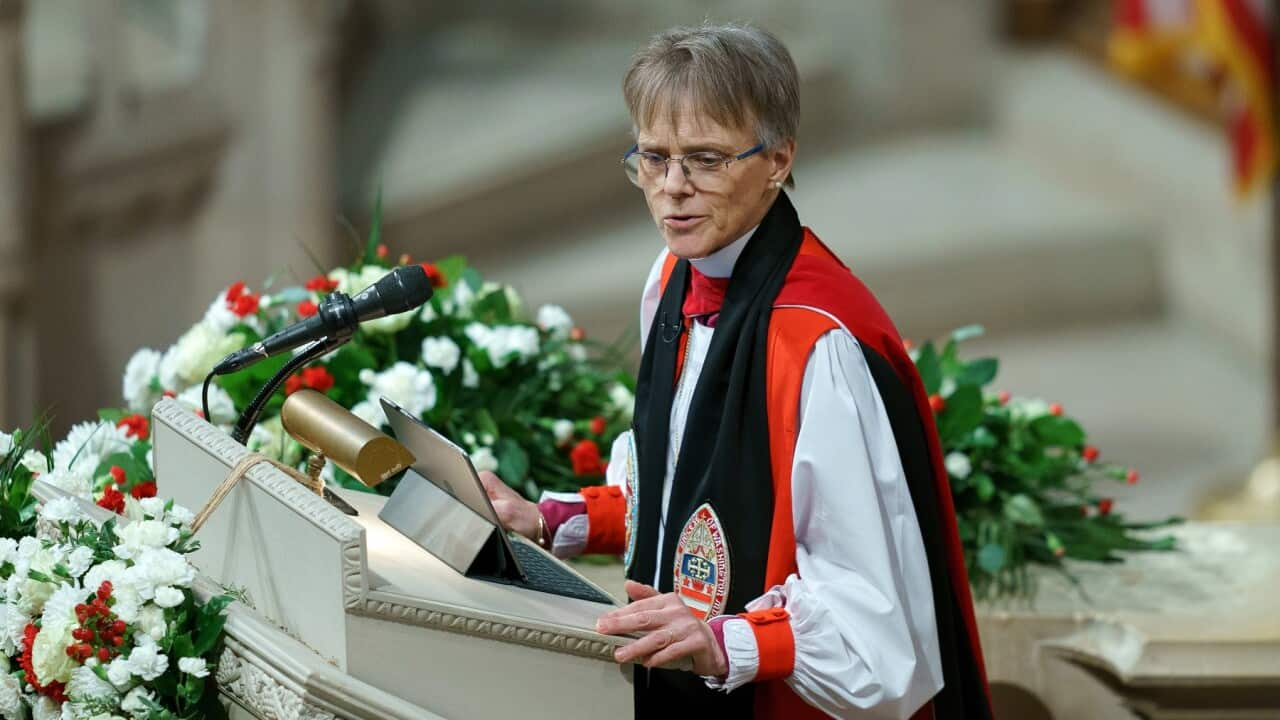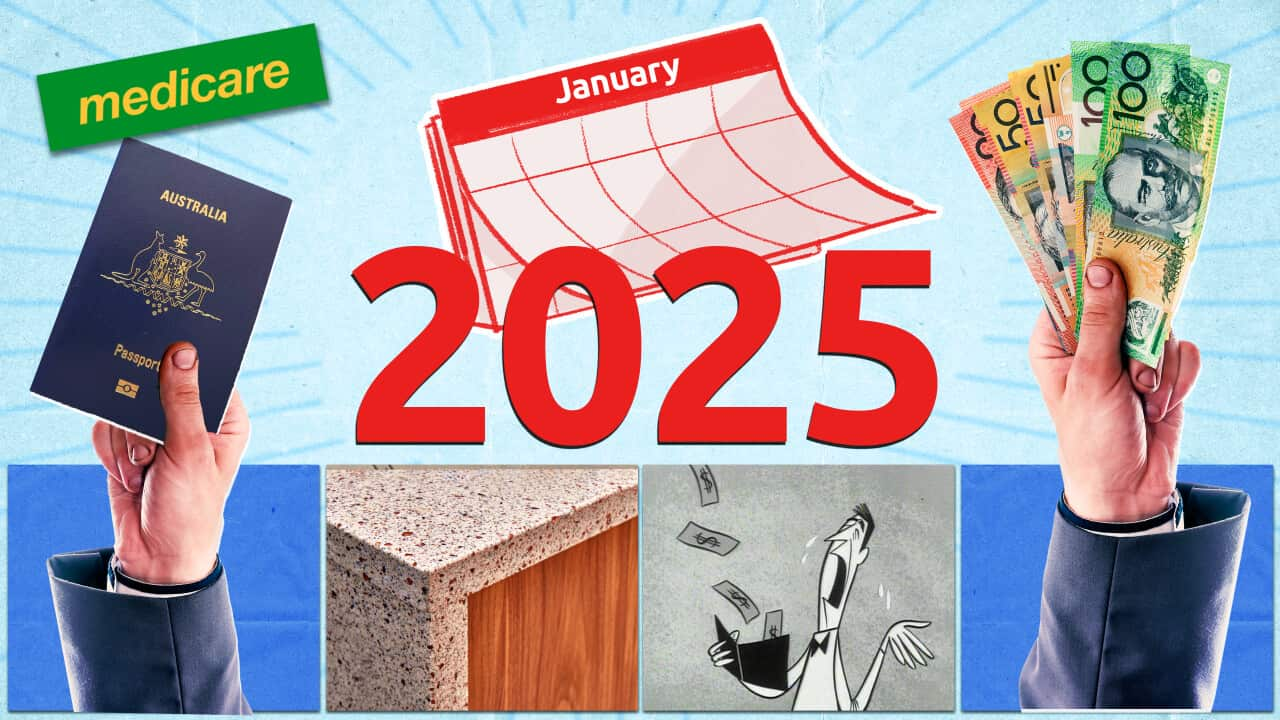TRANSCRIPT
Melbourne's trams, trains and buses help millions traverse the busy city every day.
But for Chris Edwards, Director of Government Relations and Advocacy at Vision Australia, and his seeing eye dog Eva, it's not always a smooth ride.
“There's been a number of times when the announcements don't work or don't exist, I have no idea which stop I'm at and have to rely on others to let me know, which creates a lot of anxiety and makes travelling so much harder for people like myself.”
The current federal laws governing accessibility requirements for public transport date back to 2002, when the current Disability Discrimination Act was updated.
But for those with visual impairment, who are hard of hearing, or use wheelchairs, the system still poses dangers like getting stranded or injured, or having equipment damaged.
Now, after a long-waited review, the federal government has announced plans to reform disability standards to help make public transport more accessible.
For the four and a half million Australians who live with a disability, these reforms can't come soon enough.
Marayke Jonkers is the President of People with Disability Australia and a retired Paralympian.
She says public transport needs to be accessible for all people with disabilities.
“Transport is critical for people with disability, to seek work, to be part of their community, for education and it is one of the biggest road blocks that leads to isolation. If you physically can't use a train, a bus, a plane, you can't participate in society.”
Among the changes announced by Transport Minister Catherine King are requirements to provide timetable and delay information in accessible formats, and ensure proper on-board signage and audio announcements about the next stop.
The new standards will also lead to improved safety for those who use mobility aids or wheelchairs, by adding barriers to the sides of portable boarding ramps.
And Marayke Jonkers welcomes an announcement that taxi ranks will need to increase the ratio of spaces available for wheelchair accessible taxis.
“There's aren't enough maxi-taxis, or there simply aren't any in areas of Australia. And people might not be aware that someone that uses a powered wheelchair doesn't have another option. It's well over a hundred kilos, closer to two hundred, and you can't just pick it up and put it in your mates car, you need to have that hoisted on the back.”
Advocates are calling for a co-designed regulatory framework to ensure new rules are enforced.
Chris Edwards says he wants to see more than just improved on-board announcements.
“These announcements are very important to make those significant changes to our transport system to enable equal access for all. Whilst we are fairly pleased to hear the improvement in announcements, I think we need improved announcements on the platform, as well as on the trains.”
Both Mr Edwards and Marayke Jonkers are also calling for urgent reforms in air travel, not covered by these reforms.
She says her latest trip demonstrates why.
“I just came back from doing some work as President of People with Disability Australia in Sydney, and planned a trip using the trains to get from my hotel to the airport, because there's a train station in Sydney airport, and then used the air train in Brisbane from the airport into the city to the hotel. It was a good plan until my wheelchair arrived broken and I'm now literally doing this interview from bed.”
In a statement, the Transport Minister has said the government is consulting on access to aviation services through a separate process.
It is unclear when the updated Transport Standards will come into effect - the 2002 standards required trains and trams to be fully accessible by 2032 - but the government says more information will be available to users and operators before they do.













